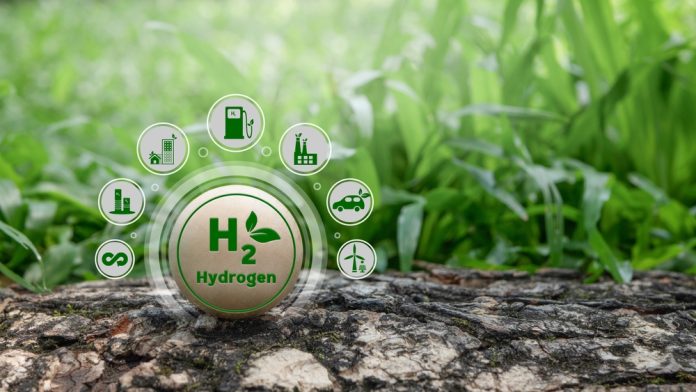As the world shifts towards cleaner energy sources, green hydrogen has emerged as a promising solution to reduce carbon emissions and achieve sustainability goals.
However, one of the biggest barriers to its large-scale adoption is the high cost of production, largely due to the dependence on expensive platinum-based catalysts.
In a groundbreaking discovery, researchers from Tokyo University of Science (TUS) have developed an innovative catalyst that rivals platinum in efficiency while significantly cutting costs.
This advancement could revolutionise hydrogen evolution reaction (HER) technology and accelerate the transition to a greener energy future.
Revolutionising green hydrogen production with affordable catalysts
Green hydrogen production is gaining momentum as a key pillar of the clean energy transition.
A team of scientists from TUS, in collaboration with researchers from esteemed institutions, including the University of Tokyo and Kyoto Institute of Technology, has developed a novel hydrogen evolution catalyst.
This new material, bis(diimino)palladium coordination nanosheets (PdDI), delivers platinum-like catalytic performance at a fraction of the cost.
The research represents a major leap forward in HER technology, a critical process in the electrolytic splitting of water for hydrogen generation.
How PdDI nanosheets enhance hydrogen evolution reaction
HER is the cornerstone of efficient green hydrogen production, involving the conversion of water into hydrogen gas.
Traditionally, platinum catalysts have played a crucial role in this reaction by facilitating the formation of hydrogen molecules at the electrode surface.
Despite their efficiency, the scarcity and high cost of platinum have made large-scale green hydrogen production economically challenging.
To address this, the TUS research team engineered palladium-based nanosheets using a simple synthesis process.
These PdDI nanosheets maximise catalytic activity while reducing the reliance on expensive precious metals.
The team employed two distinct fabrication methods – gas-liquid interfacial synthesis and electrochemical oxidation – to produce two variations of PdDI (C-PdDI and E-PdDI).
The electrochemically synthesised E-PdDI exhibited an ultra-low overpotential of 34 mV, comparable to platinum’s 35 mV, indicating minimal energy input required for hydrogen production.
Additionally, the exchange current density of 2.1 mA/cm² matched platinum’s performance, making it one of the most effective HER catalysts developed to date.
Superior durability and sustainability
Catalyst longevity is a crucial factor in commercial hydrogen production. The PdDI nanosheets demonstrated remarkable durability, remaining structurally intact even after 12 hours in highly acidic conditions.
This stability reinforces their potential as a viable replacement for platinum in industrial hydrogen production systems.
Beyond cost and performance benefits, PdDI nanosheets contribute to sustainability goals. By reducing dependence on platinum, they help lower mining-related emissions and promote resource efficiency.
The palladium content in these nanosheets is significantly lower than that of platinum-based electrodes, aligning with global efforts to make hydrogen energy more environmentally friendly.
Implications for the hydrogen economy
The introduction of PdDI nanosheets could revolutionise various industries, including hydrogen fuel cells, energy storage, and transportation.
This breakthrough also aligns with the United Nations’ Sustainable Development Goals (SDGs), particularly SDG 7 (affordable and clean energy) and SDG 9 (industry, innovation, and infrastructure).
Widespread adoption of these catalysts could drive down the costs of hydrogen-powered vehicles and industrial hydrogen applications, accelerating the transition to a cleaner energy future.
Looking ahead, the TUS research team is focused on optimising PdDI nanosheets for commercial applications.
As further advancements unfold, this innovative catalyst holds the potential to make green hydrogen production more accessible and cost-effective on a global scale, ushering in a new era of sustainable energy solutions.









